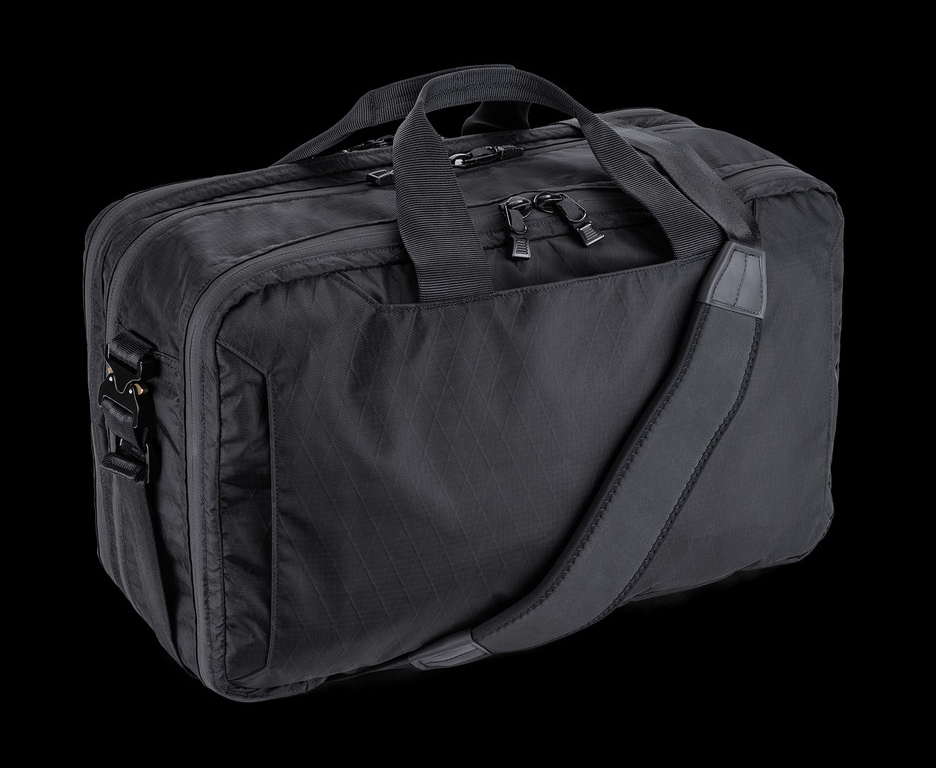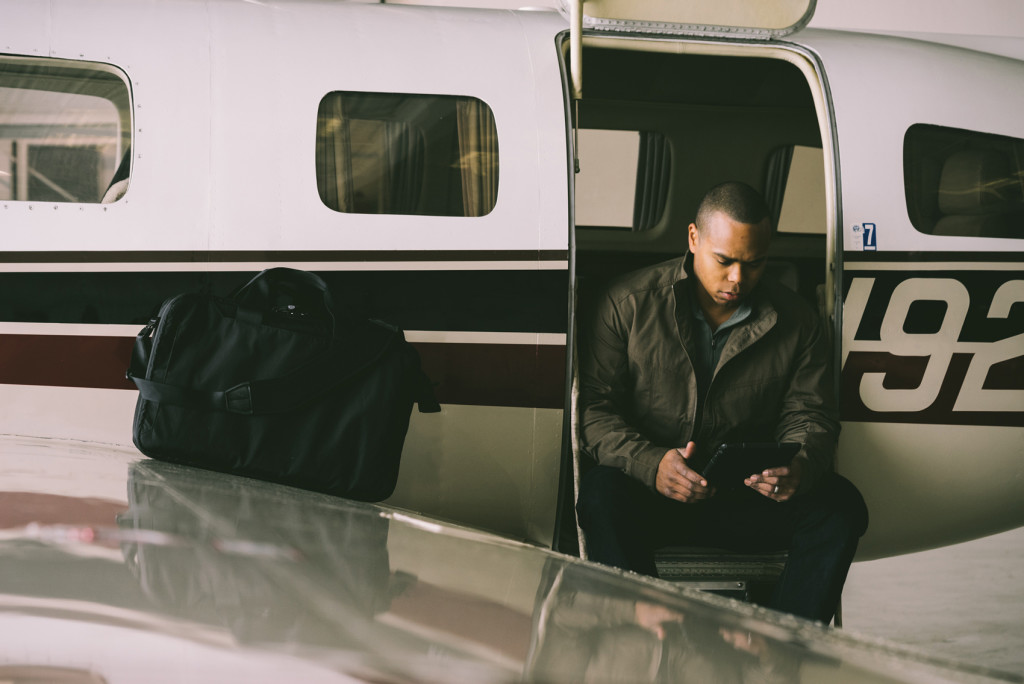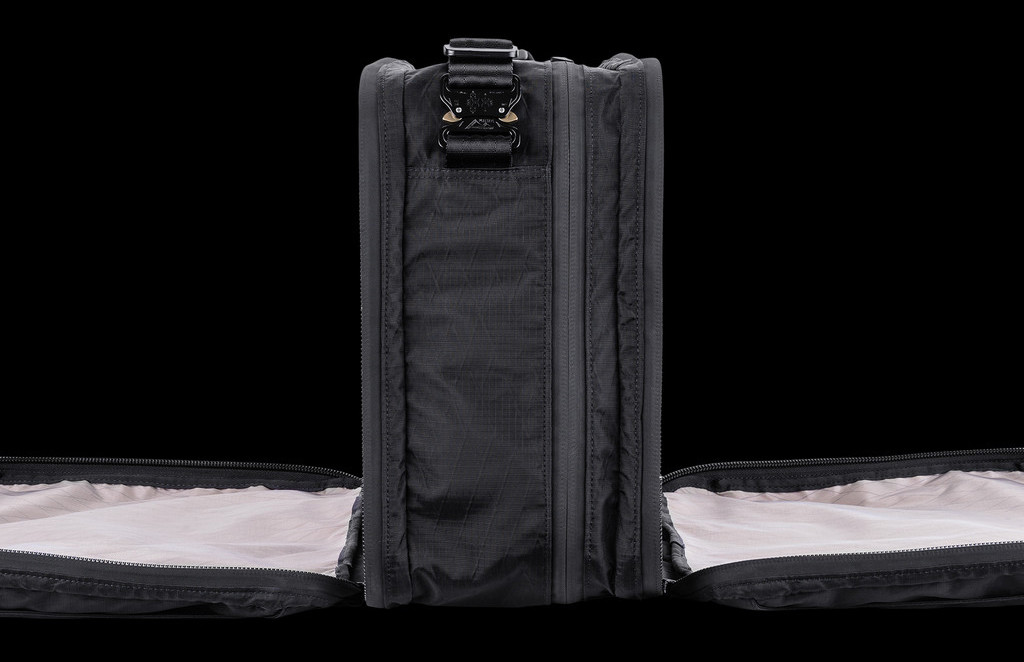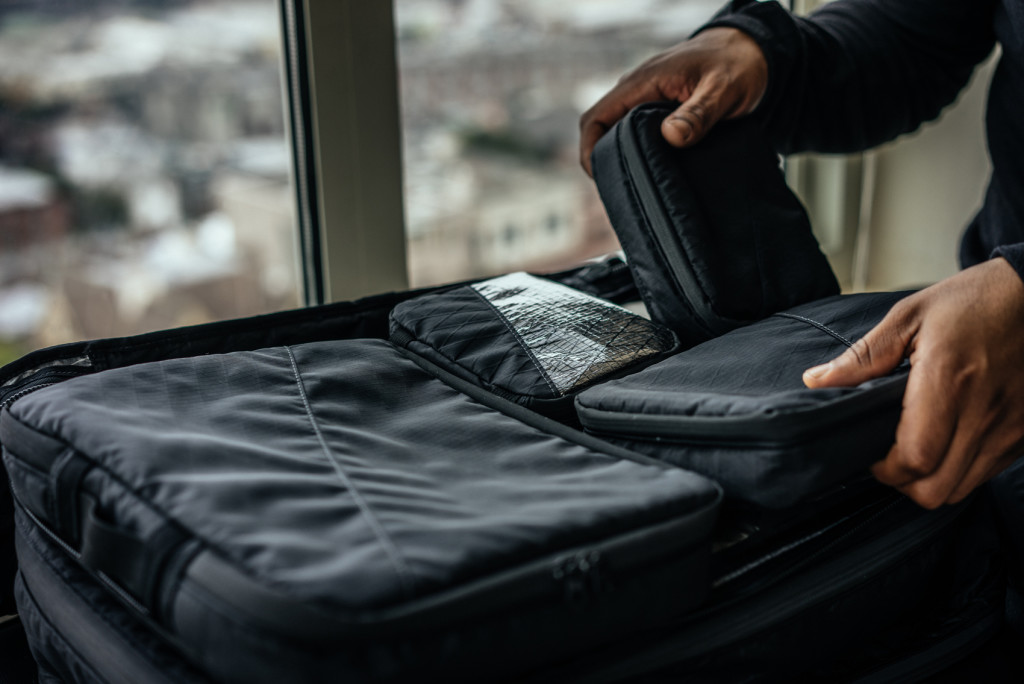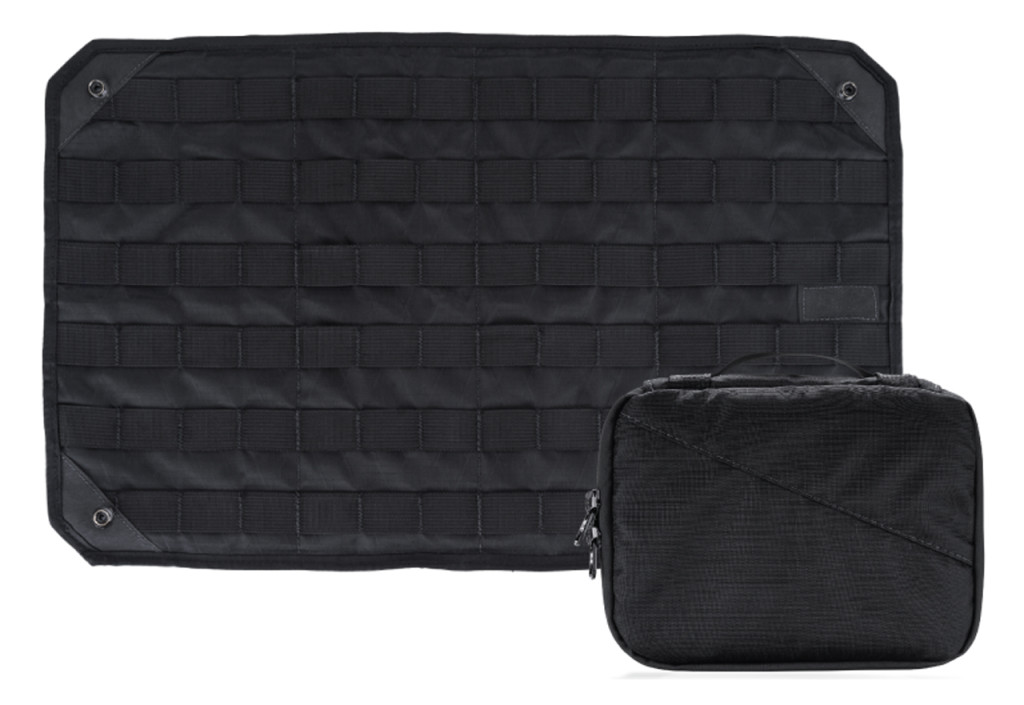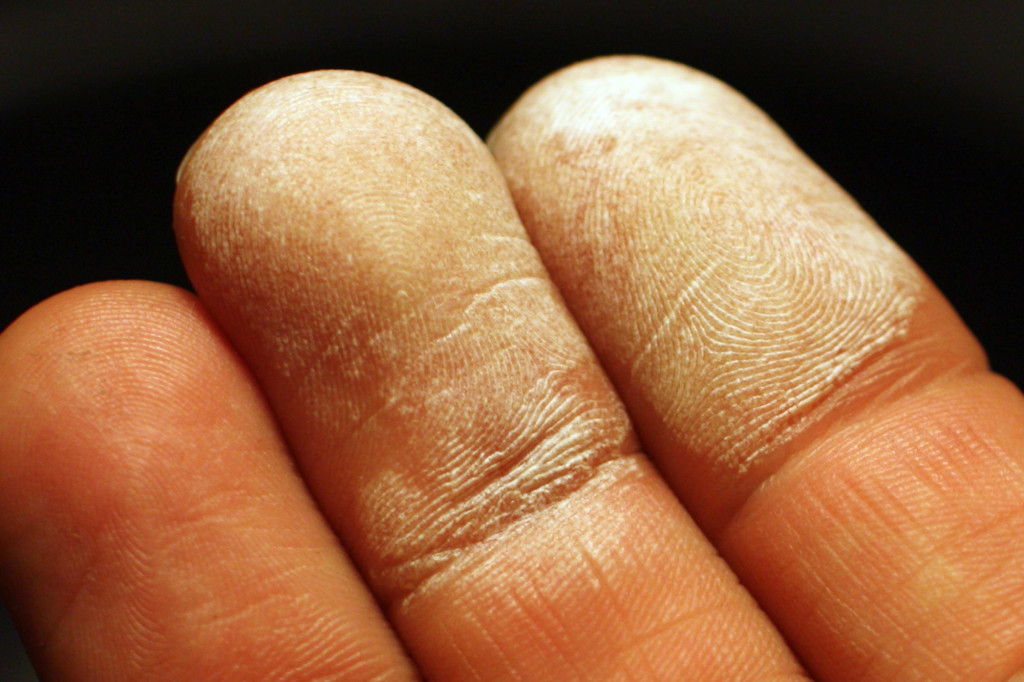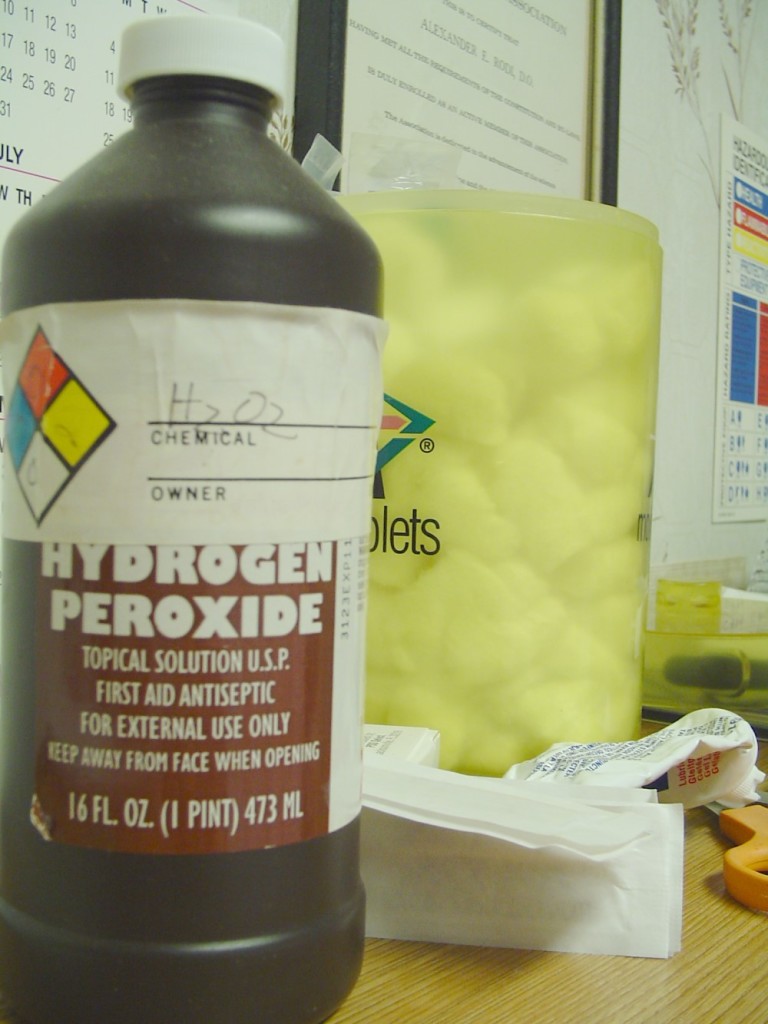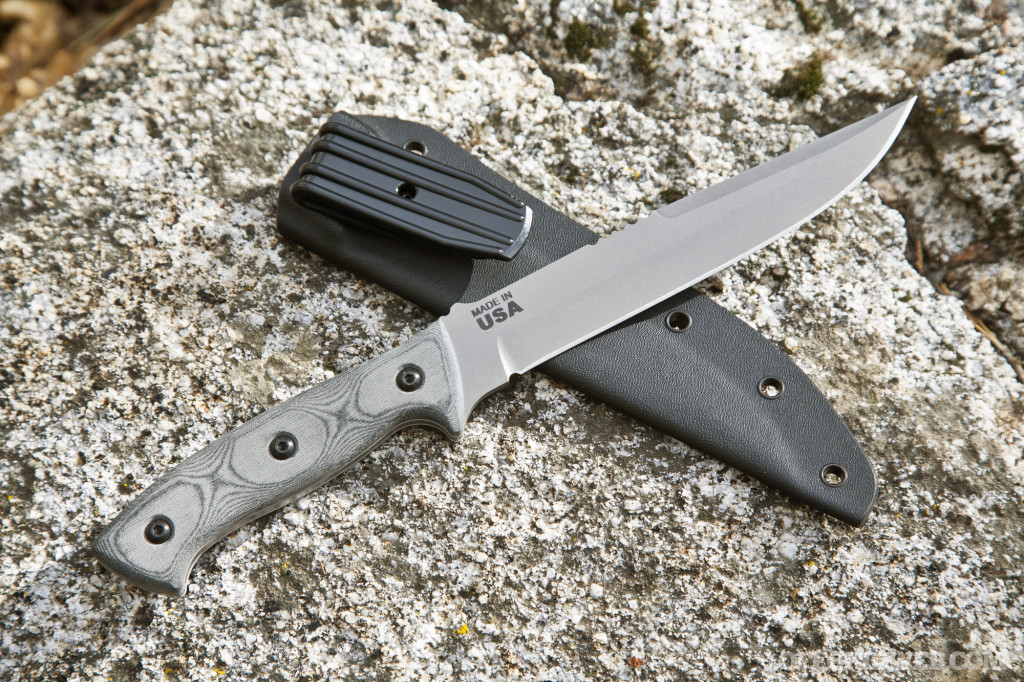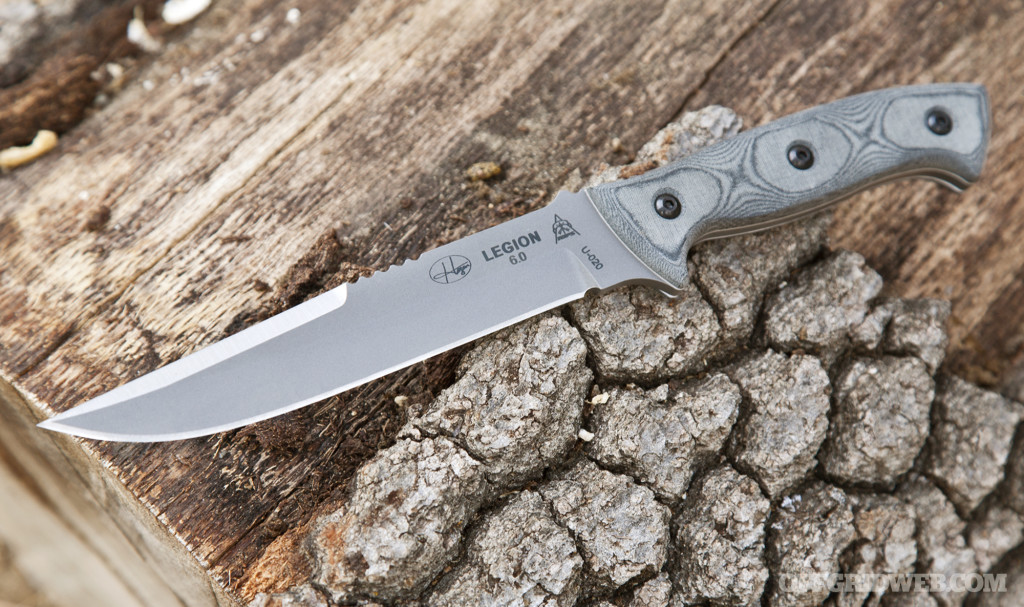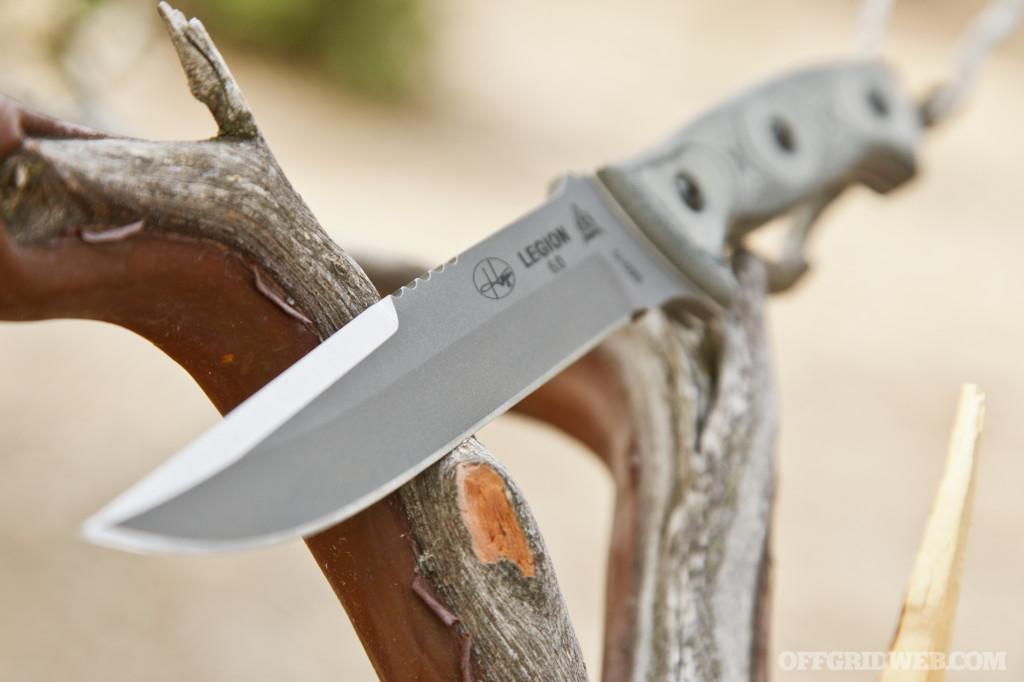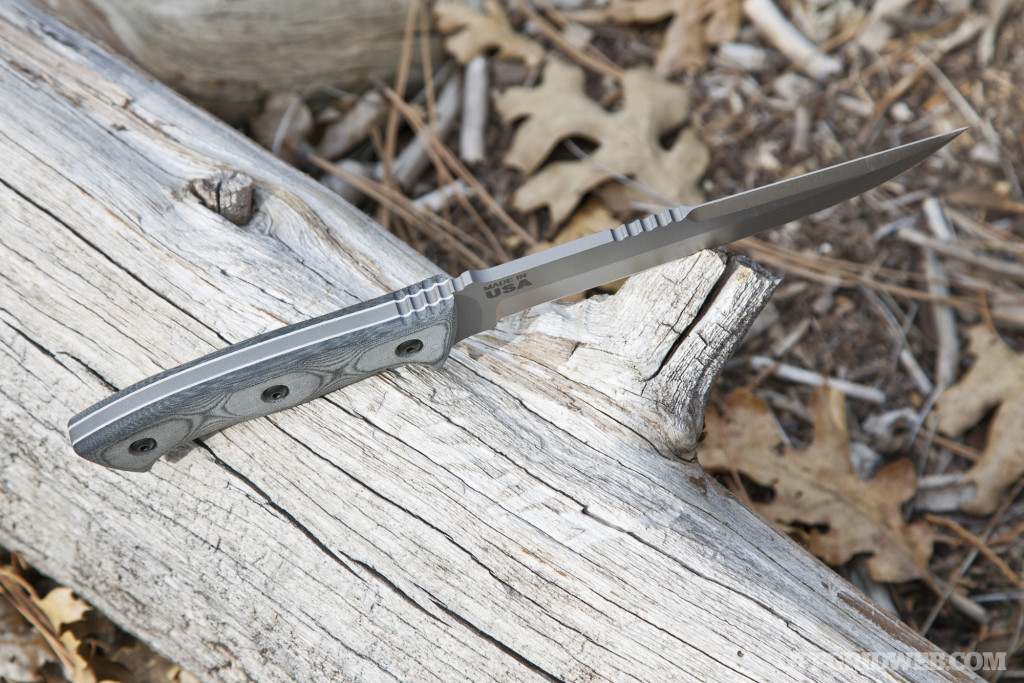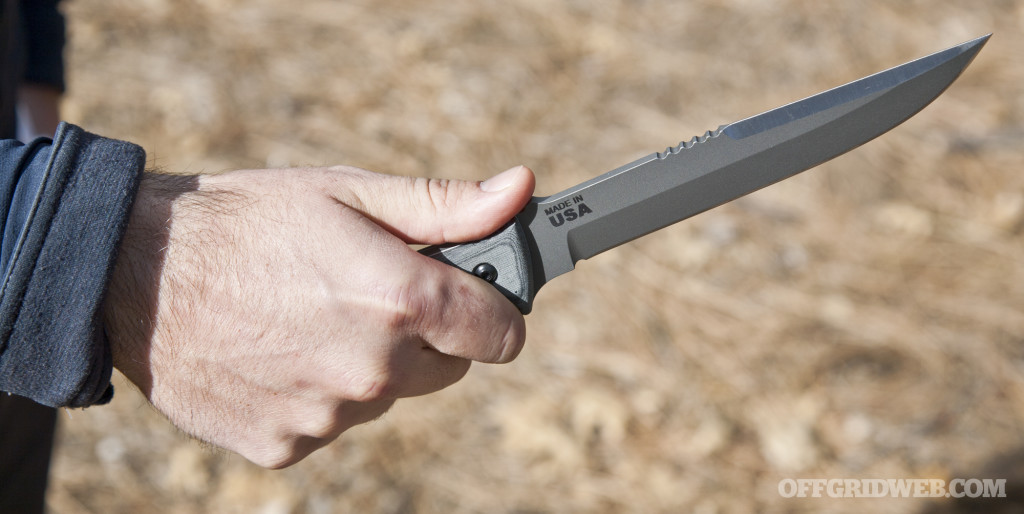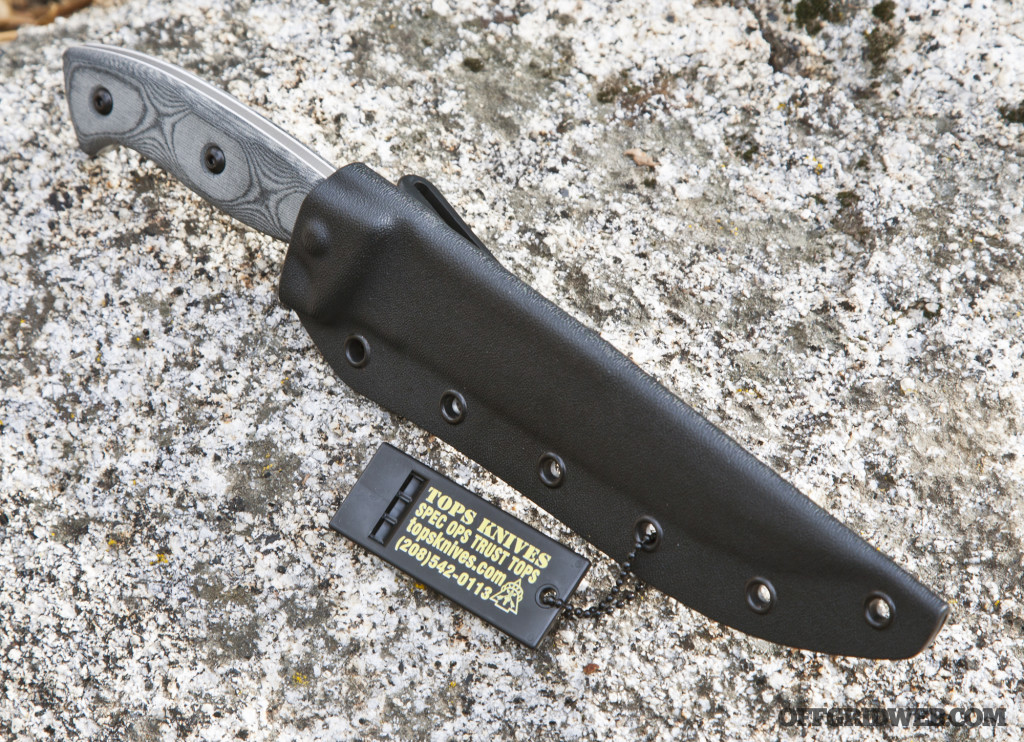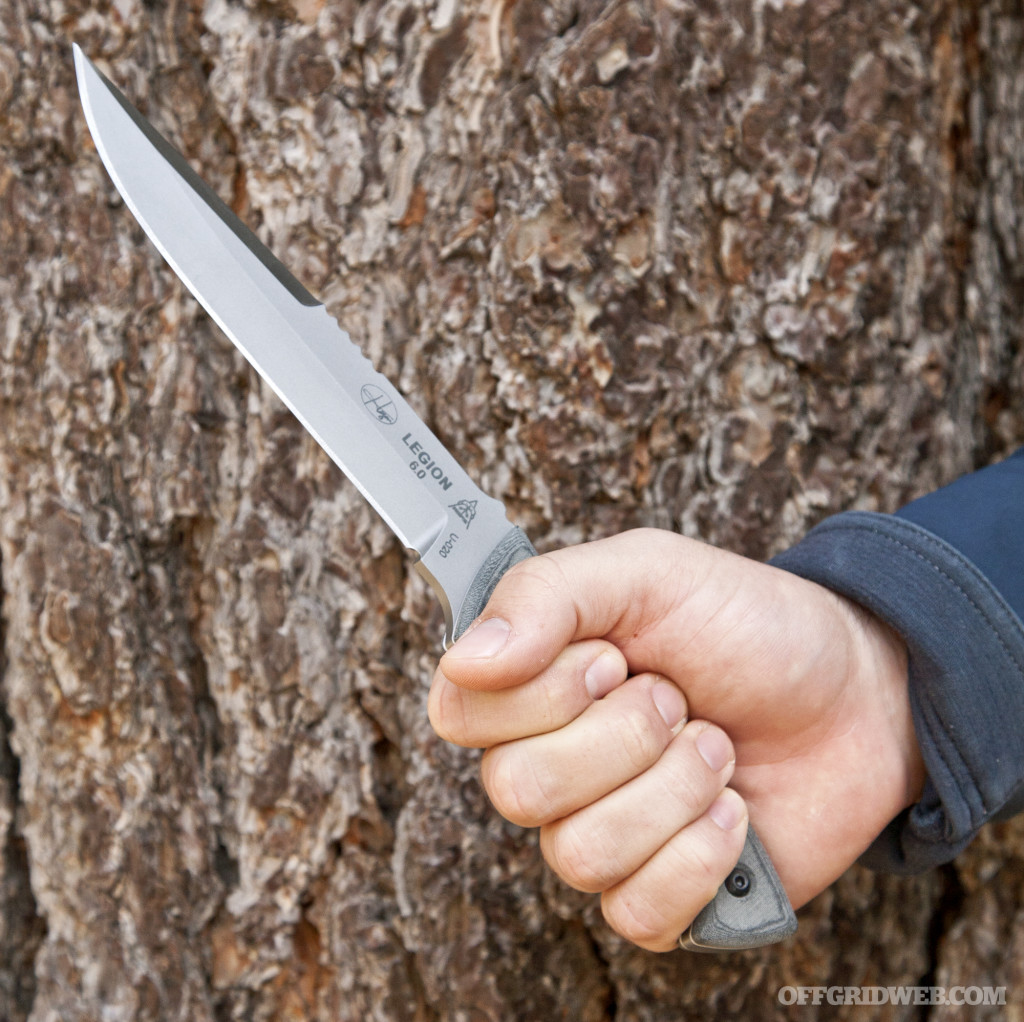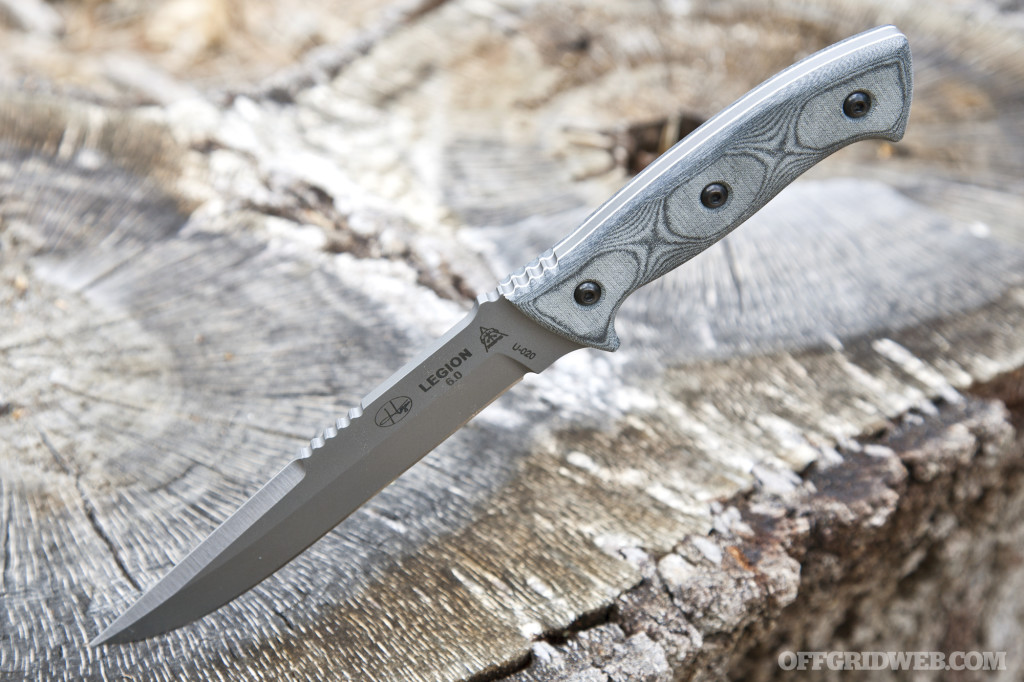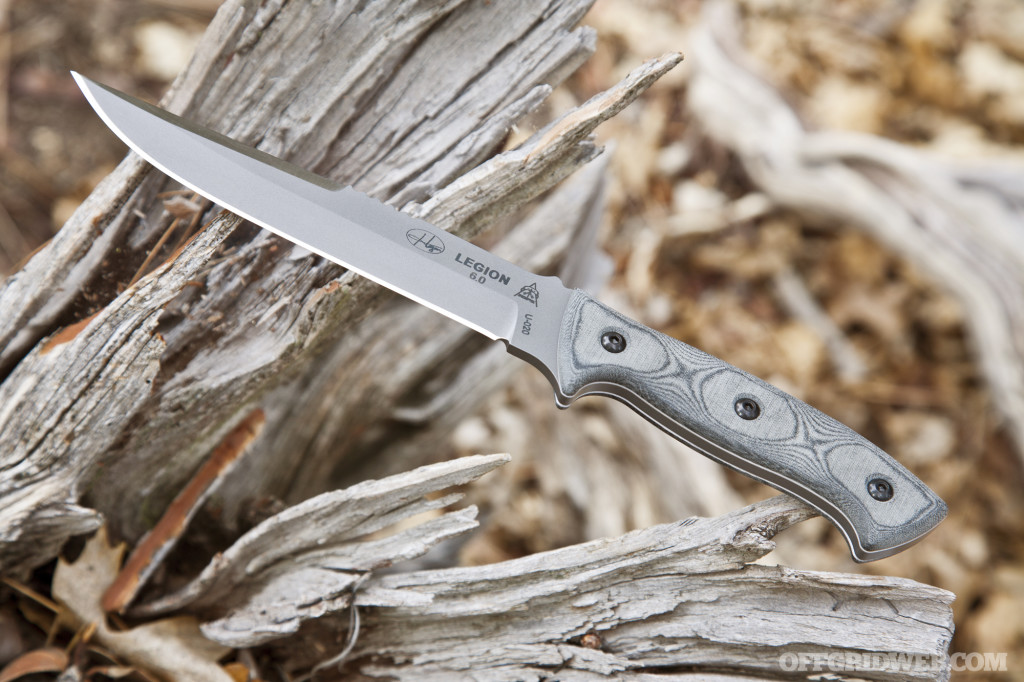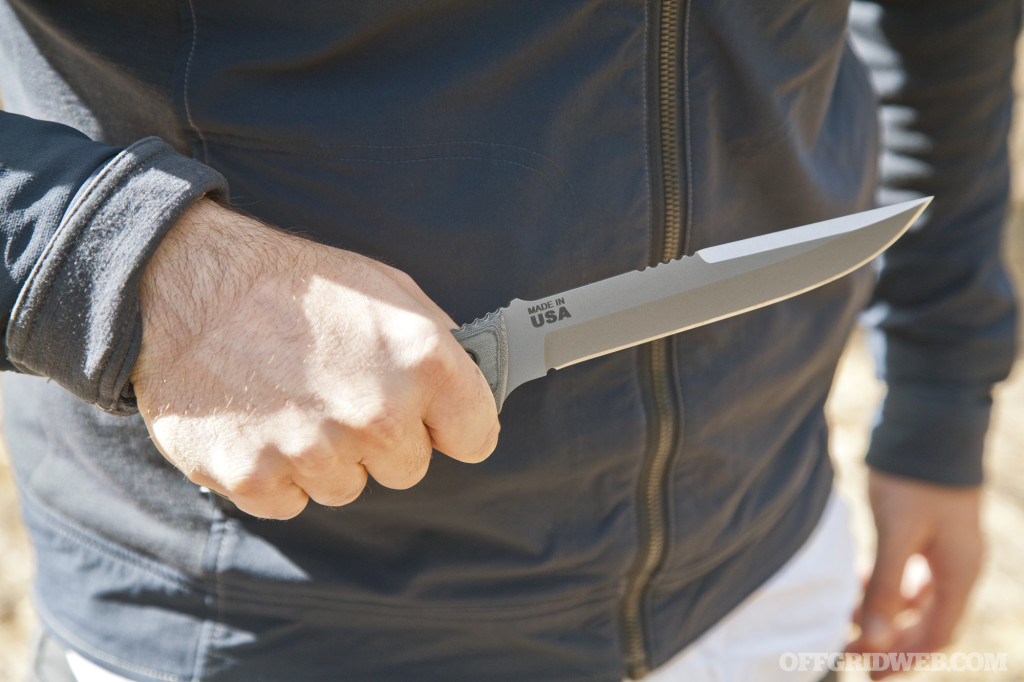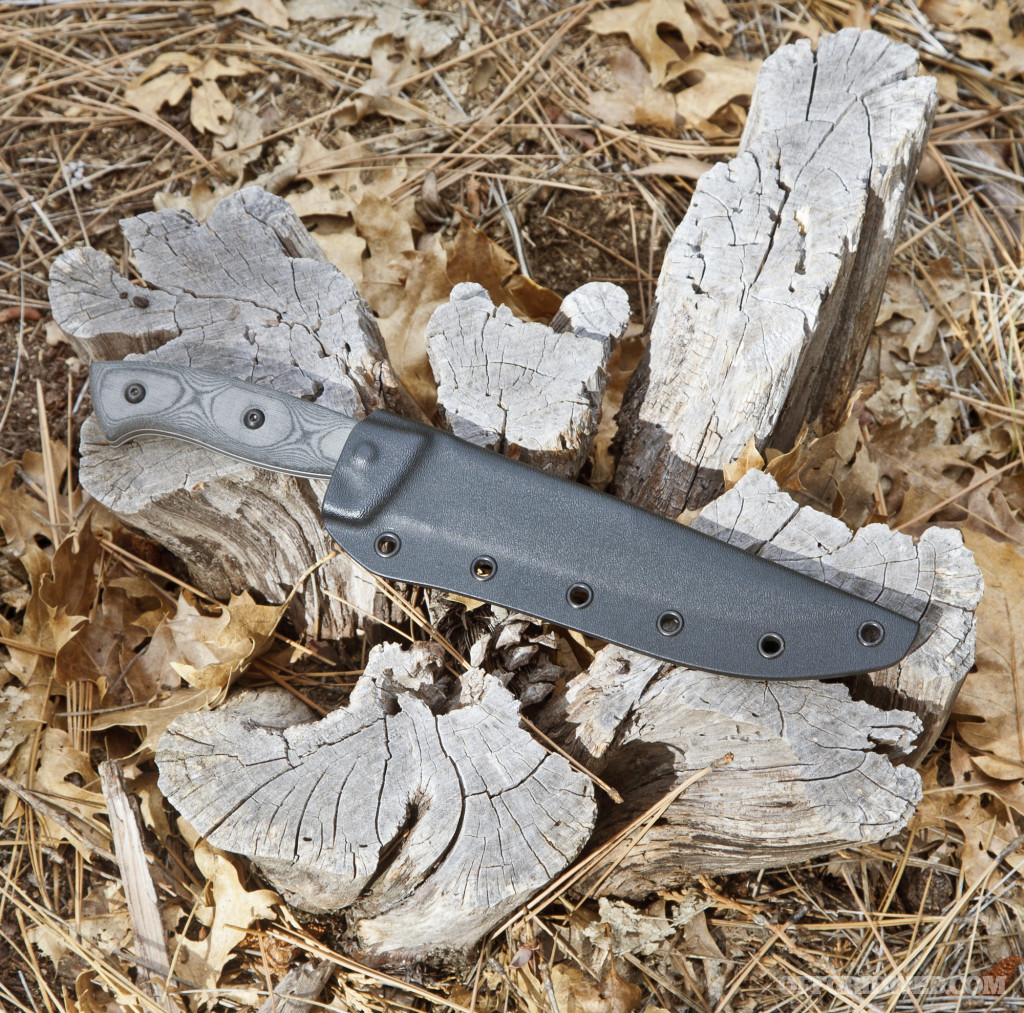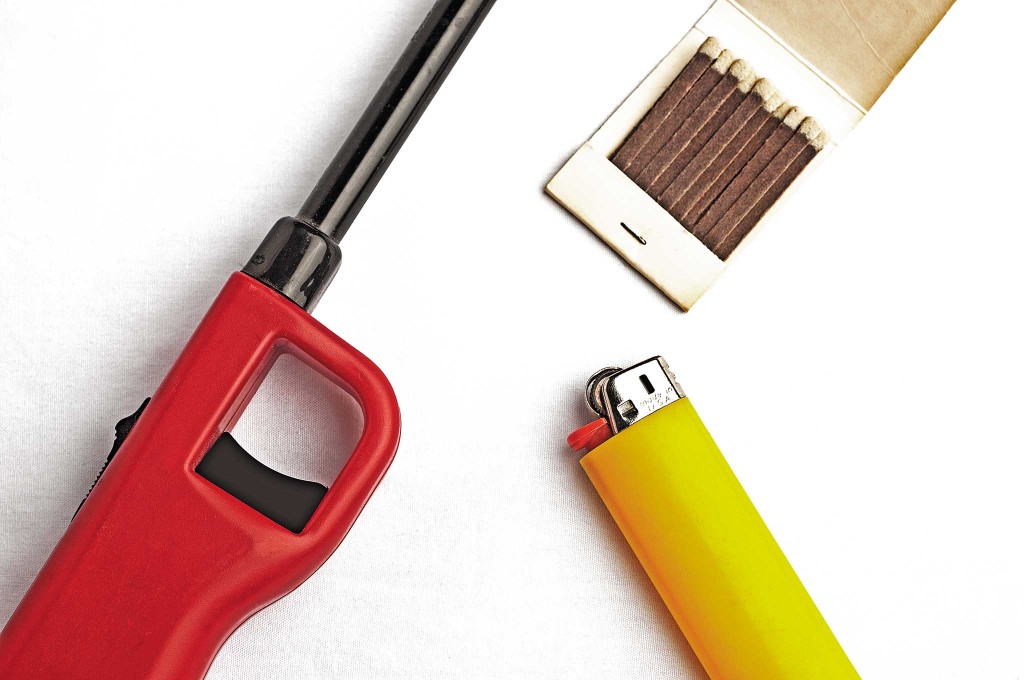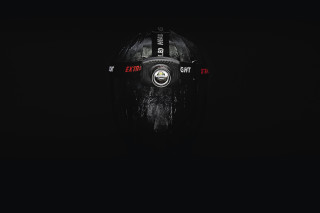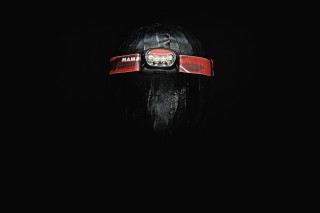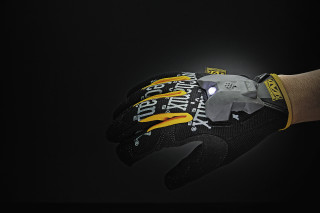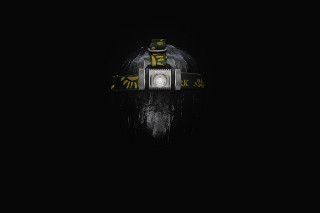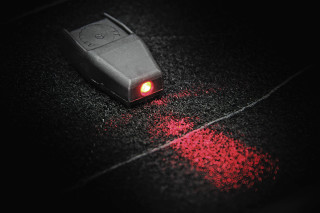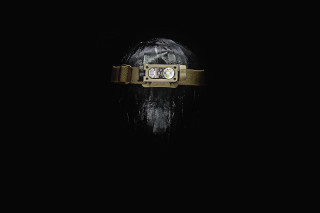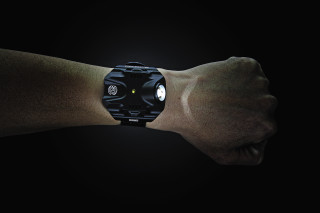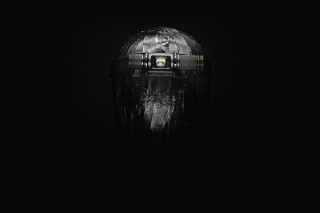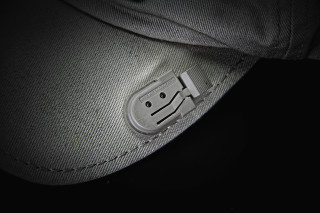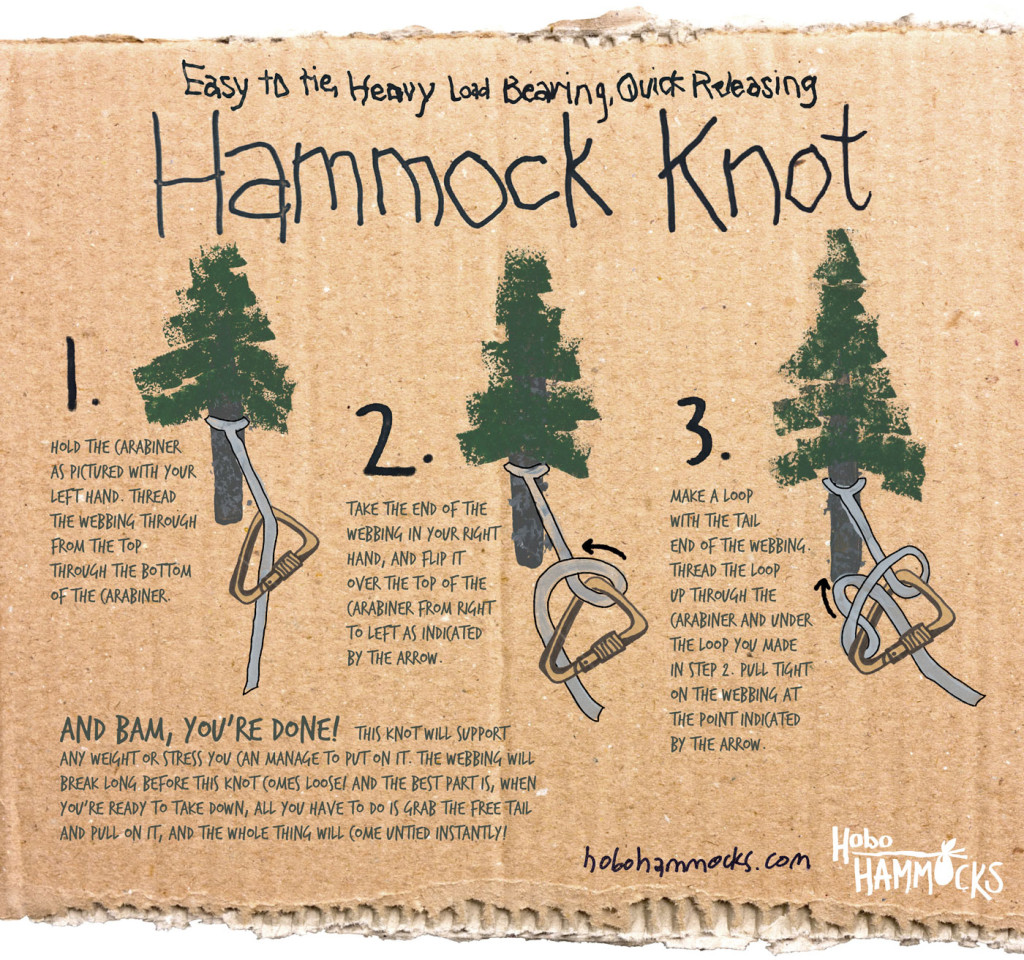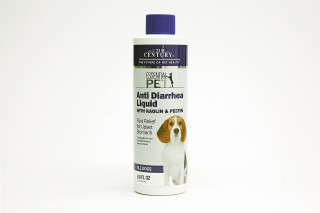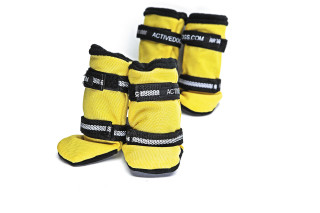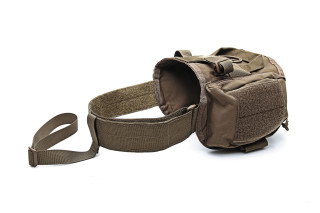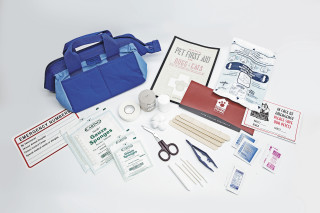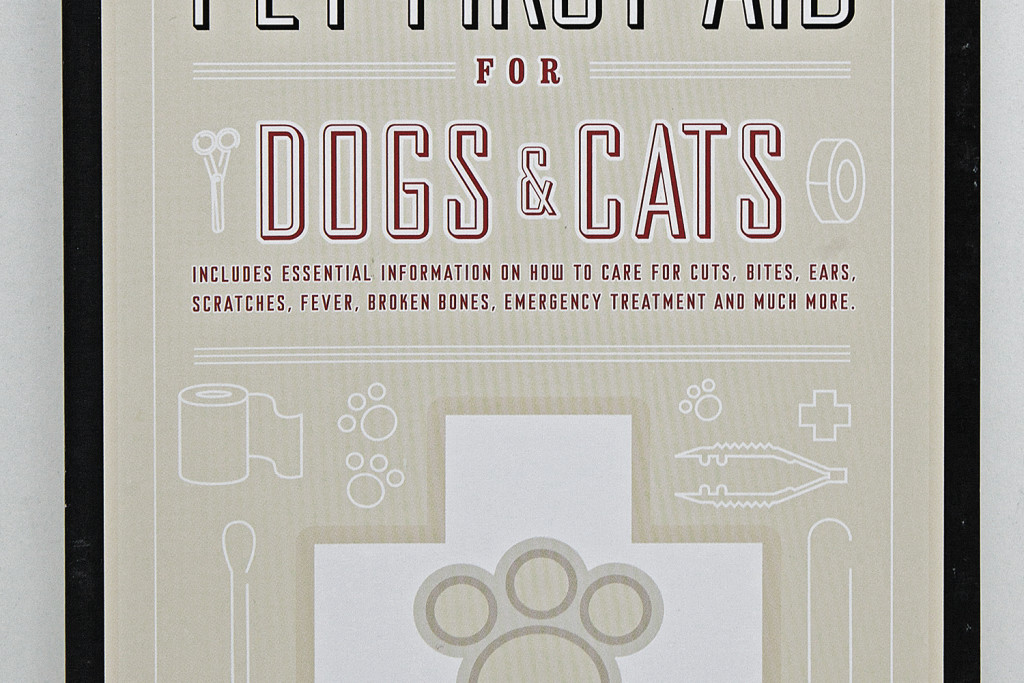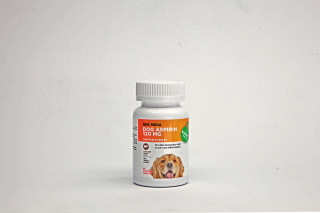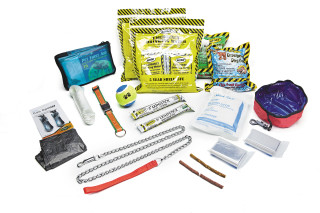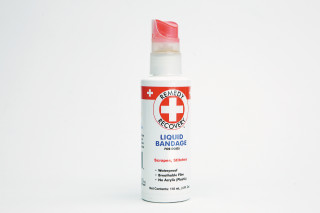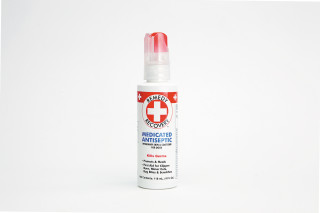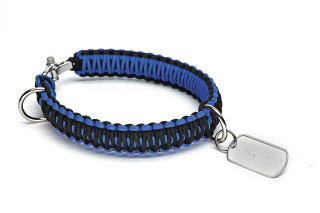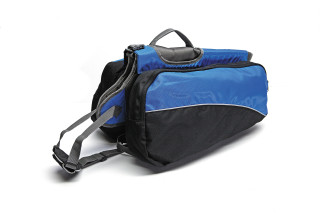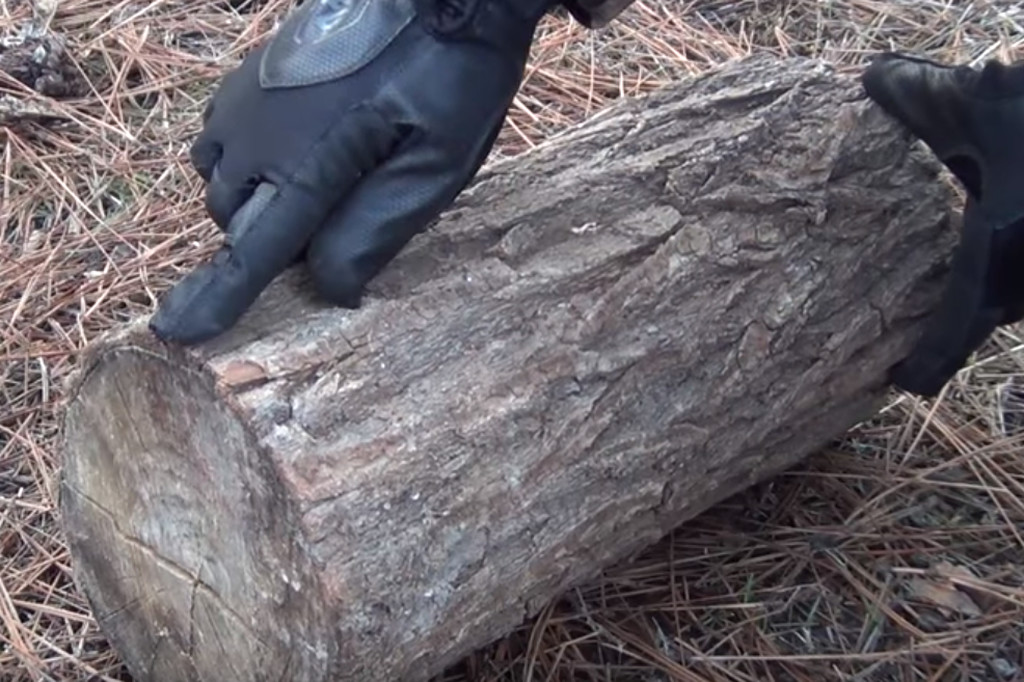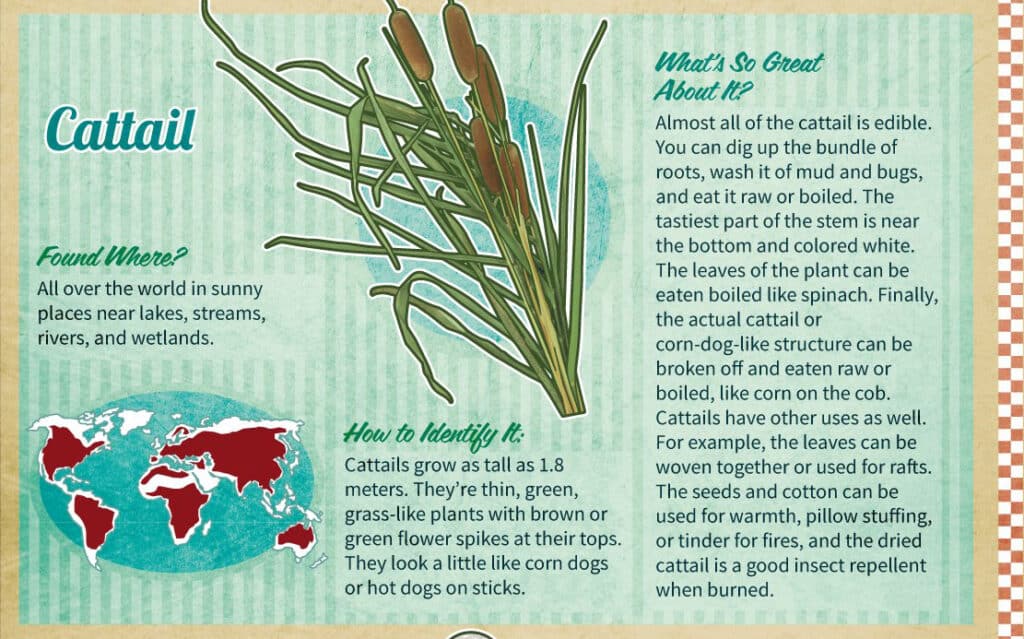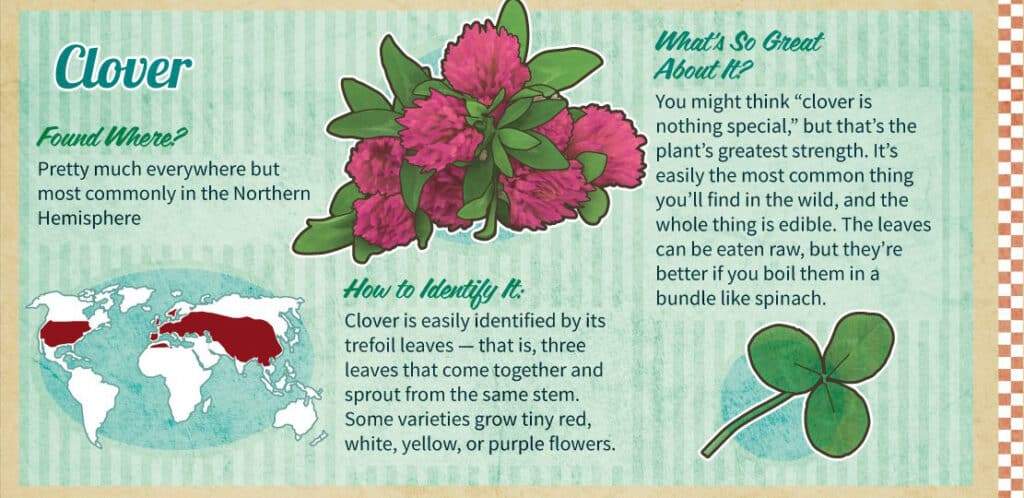In This Article
This article was originally published in Issue 2 of our magazine.
If you believe you are prepared for everything, here's a little reality check to easily illustrate how your best laid plans can go straight to hell. Let's say you've spent months of study and selection (not to mention hundreds of dollars) to assemble the finest bug-out bag ever conceived. Now let's say that you had to evacuate your city due to some kind of calamity, such as a dirty bomb or other radiological event. Your world went from normal to nightmarish as you listened to that emergency radio broadcast stating that your home is now uninhabitable, perhaps forever. And if you thought things couldn't go any more wrong, here's the part when the worst day of your life gets even more horrific — you lose your bug-out bag. Now everything is gone.
It doesn't matter how it happened. Maybe someone pulled the pack off your back in the press of evacuees. Or maybe it set off a Geiger counter at a checkpoint and the authorities wouldn't let you proceed with the bag. The punch line to this cruel cosmic joke is the simple fact that you've just lost every piece of carefully chosen gear that was meant to sustain your life. While minimalists and primitive technology experts may keep their footing in the familiar territory of survival without supplies, this type of scenario would be (and should be) terrifying to the average person. So what do you do now?
Distance Yourself and Prioritize
The No. 1 priority in a bug-out scenario is to reach a safe distance away from the hazard. This will probably have to occur by foot, since most highways would be impassable to vehicles due to the post-disaster gridlock, assuming you had a vehicle in the first place. With your supplies gone, you will be in desperate need of the survival essentials you once carried. Security, shelter, first aid, water, fire, food, and communications are at the top of your list of priorities to stay alive, once you reach a safe distance from the danger that sent you packing. How do you source these survival basics from scratch? Our ancestors managed to pull it off in the wilderness on a regular basis, but it's a crude and painful shock for the modern person to find themselves flung back into this ancestral, hand-to-mouth lifestyle. But, don't lose hope. Trust me, you can survive this way by handling your survival priorities, one by one.
Gain Security
Once you have distanced yourself from the bug-out-inducing disturbance, security will be a very high priority. Since you no longer carry your bug-out bag, chances are good that the knives and other weapons are gone, too. If you find yourself unarmed in a disaster survival scenario, the weapons for personal security and hunting will be primitive at best.
At the onset of any survival situation, you can start off by finding a hardwood stick, a length of pipe, or some similar item to act as a club or bludgeon. This can be used as a baton for self-defense, and it can be thrown as a “rabbit stick” to dispatch rabbits (obviously), squirrels, pigeons, or any other small game. The best approach for throwing this stick is to swing it sidearm and release the stick so that it spins through the air like a helicopter blade. This generates enough force to shatter the eggshell-thin skull of a small animal, and the width of the spinning stick allows you a little margin for error on your aim. This amount of impact can also be discouraging to larger predatory creatures (people).
Another major point of security is to be off the radar of those who may harm you. In a very hostile survival setting, with looting, robbery, rape, and murder, avoiding detection can be your best form of security. Hide as best as you can. Find a place to barricade yourself until things calm down and make sure that you draw no attention to yourself, unless it is to seek rescue or assistance from likely search personnel.
Find Shelter
Your clothing will be your first line of defense from the elements now that your other gear is out of the picture. You'd be fortunate if you were wearing performance fabrics that wick away sweat and help to regulate body temperature. But, regardless of your wardrobe selection, you can enhance the shelter value of almost any clothes with an easy technique. If conditions are cold, you can add insulation to your clothing by stuffing grass, leaves, crumpled newspaper, Styrofoam, or any other type of insulating material into your clothing. These materials create a better layer of insulation between your skin and the environment. Yes, you will look like a fool, and you'll be uncomfortable, but you'll also be warmer than you were.
If this isn't sufficient, you can build a full-sized shelter or shanty from sticks, boards, debris, and vegetative materials. Create a rigid frame from broken sticks, lumber, or branches, based on a long pole for a center beam. Heap a huge pile of material over this stick skeleton, and add some plastic into the roof to create a windproof and water-resistant layer. Then fill the interior with more vegetation or insulation for the bedding, and burrow down inside. If you make this kind of shelter with all natural materials, you'll have a naturally camouflaged shelter. In sketchy bug-out circumstances, the less people who can spot you, the less they will bother you. This junk-pile style of shelter can also be adapted when using a vehicle as a shelter. Whether it's your own car or an abandoned vehicle, use it as a waterproof and windproof shelter base, then fill it with insulating material if you find it to be too cold.
Render First Aid
Medical skills come through training prior to the medical emergency, not by flipping through a first-aid book after someone is hurt. Your medical assessments and treatments may not require much equipment, depending on the nature of the injuries and illnesses. But, what these assessments and treatments will require is knowledge, experience, and adaptability. If you should get caught without your medical gear, you'll find that medical knowledge and improvisation will now be your strongest assets.
While no amount of creativity and know-how will match the right meds and clean dressings, there are a number of ways to render medical help to yourself and others. A great place to begin your training is by taking a first-aid class with your local branch of the Red Cross. This type of preparation gives you one of the most important skillsets that a person can acquire (medical); and the odds are good that throughout your life you'll use your first-aid skills far more than any other survival skills.
Find Water
The importance of safe water in adequate amounts can never be overstated. In high heat with dry, windy conditions, a person can die of dehydration within one day's time. Water can be very difficult to find in hot, dry climates like that. But, thankfully, fresh water is a little easier to come by in the rest of the world. Ground water, precipitation, and even water from vegetation can provide you with viable sources, but they are not without risk. The ground water in particular can be choked with pathogens that cannot be seen by the naked eye. Without a practical way to disinfect the water, your survival situation could move to a whole new level of danger if you consume biologically contaminated water or contract dysentery. A global killer, water-borne illnesses can aggravate dehydration and malnutrition, sapping the body's energy reserves and leaving a person immobilized before they eventually die.
Catching rainwater is a great way to source clean water, unless you are downwind of a radiological event. And for once, it's a good thing that people litter worldwide. A cast-off glass bottle or metal container will make a serviceable vessel to boil water, rendering it safe to drink, if you can build a fire to heat the water. If you cannot make a fire, or don't want to attract attention, solar disinfection can be an option in sunny weather. Find a clear water bottle with a lid, fill it with the clearest water you can find, and place it in direct sunlight for six to eight hours. This is not 100-percent effective for disinfection, but the sun's UV rays kill most normal pathogens in water.
If all else fails and you are unable to boil the water, you'll have to take a gamble and drink the best-looking water available. This may make you ill, but at least you'll stay alive longer than going without any water. It's a far better choice to be alive and ill than to be dead and pathogen-free. If you can get to medical assistance at some point, your water-borne illness can likely be cured, but what they can't cure is death.
Build a Fire?
This survival priority is vital to water disinfection, warmth, light, cooking, signaling for help, and tool manufacturing, to name just a few tasks. You may survive for a while without fire's benefits, but don't expect to prosper. This is the one place where redundancy can be an absolute game changer for your survival. You may have had several different ways to make a fire in your lost bug-out bag. That doesn't matter anymore. What matters is that you have one lighter in your pants pocket all the time. Or you have a spark rod built into the paracord bracelet that you never take off.
The point is that you always have a way to make fire on your person and you practice fire building under adverse conditions. It is relatively easy to kindle a fire on a dry, pleasant day, but the time you will need fire the most is the time when it is wet, cold, and windy. These are the types of conditions during which you should train yourself in fire building, but at times like that, you should be smart enough to realize that some conditions are impossible for fire building.
Communicate
This broad category includes one-way communications, two-way communications, and general distress signals. These are hardly the blood-pumping survival skills that people enjoy practicing, but they are your ticket to be rescued and your means of gathering information. Without the technology to communicate in a modern way, the communications part of our low-tech survival skillset will be relegated to calls for help, whistling, signal fires, smoke signals, general distress signals, writing notes and signs, and talking with other survivors. Speak to people who you feel comfortable approaching. Find out what's going on and try to get messages out to friends and family outside the effected disaster area.
Find Some Food
Something to eat may be the first thing on our minds while working our way through an emergency, but it's usually a low priority in most survival situations. Most people will find that their bodies will begin devouring fat reserves and then muscle tissue within a few days of fasting. This process can continue for several weeks in the average person, until they are finally too weak to move.
Though wild food is abundant in most parts of the world, it's best to only eat things that you can positively identify. The animal kingdom is an easy place to start. Healthy-looking birds, mammals, and reptiles are safe and nutritious, when cooked well-done. There are a few odd animals and parts that are to be avoided, like Gila monster lizards and polar bear livers. Just skip the nuts and berries unless you know what you are doing — beyond all shadow of doubt.
Keep Up Your Morale
Your bug-out has gone badly. Many things have happened that were way beyond your control. You tried to be prepared for these types of emergencies; you even had a nice BOB, but you still had your ass handed to you. When all your material goods are gone, the only things that you can really own are your attitude, your survivor mentality, and your morale. You are the only person in charge of your thoughts and feelings and the subsequent actions they lead you to take. Do whatever you have to do to maintain your morale, while continuing to face reality and staying on top of the emergency as best you can. Remember, people can survive with almost nothing. You are living proof that your ancestors survived (for a while, anyway).
There are many lifesaving skills that you may need to employ in an emergency. The ones that are the most useful and necessary will depend on the nature of the situation, but here are the top three skillsets that can be performed with little to no gear and are the most likely to increase your chances of survival.
Learn These 3 Skills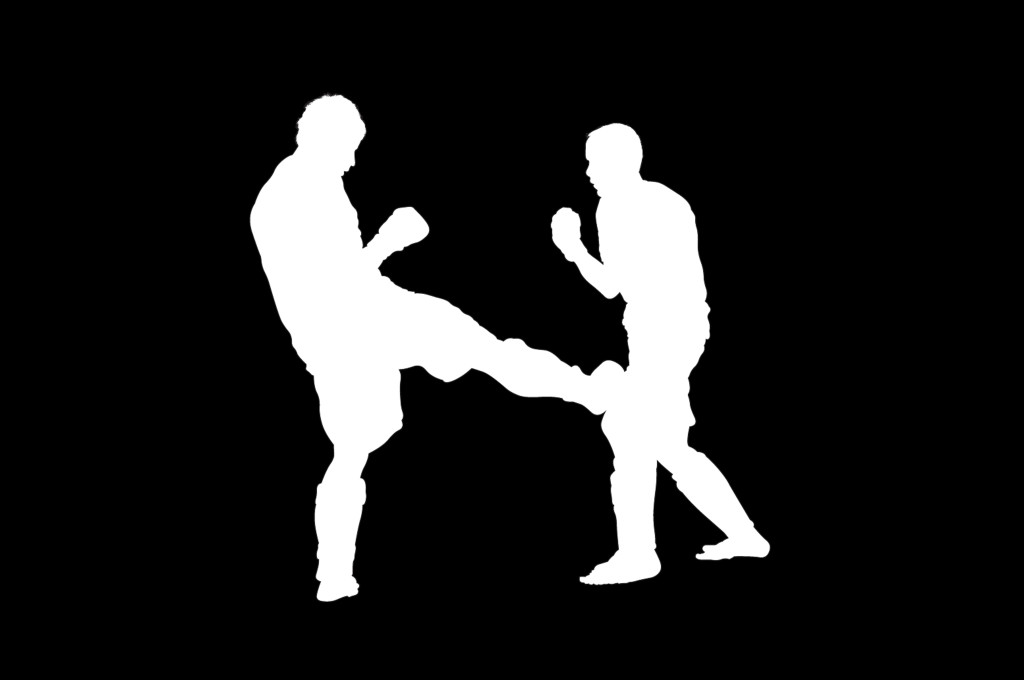
Unarmed Fighting
Don't be a victim; be a victor. Learn some form of unarmed combat by taking martial arts and practicing them. Everyone is entitled to their opinion on the very polarizing world of martial arts and the idea of the “best” martial art will vary a lot. For our purposes, the best martial art is the one practiced at a dojo near your home or work, so that you can get in there and practice often.
There are also numerous plants found worldwide that can be used as antiseptics, styptics, laxatives, analgesics, and for other medicinal uses. Yarrow, dandelion, burdock, plantain, and many other common “weeds” have made their way across the globe due in no small part to their highly medicinal properties. Before you go plastering potentially medicinal leaves all over yourself, know that all facets of medical training, including wild plant medicine, require prior training through a reputable business or organization.
You don't have to be a wild food expert to find a meal in the city park. Wild food is unbelievably abundant, even in urban and suburban environments. A reputable book on wild edible plants, or a hands-on class, can get you started on the path to find free food everywhere you go. (See page 150 in Recoil issue #8 for more on nature's salad bar.)
About The Author
Tim MacWelch has been a survival skills and outdoor writer for numerous publications over the past 10 years. He has also been a professional wilderness survival instructor for the past 17 years and teaches classes year-round in Virginia. MacWelch has personally trained members from all branches of the U.S. Armed Forces, along with State Department, DOD, and DOJ personnel. He also offers a wide range of training to the public. For information about his school, visit http://www.advancedsurvivaltraining.com.




